Category: Switzerland
-
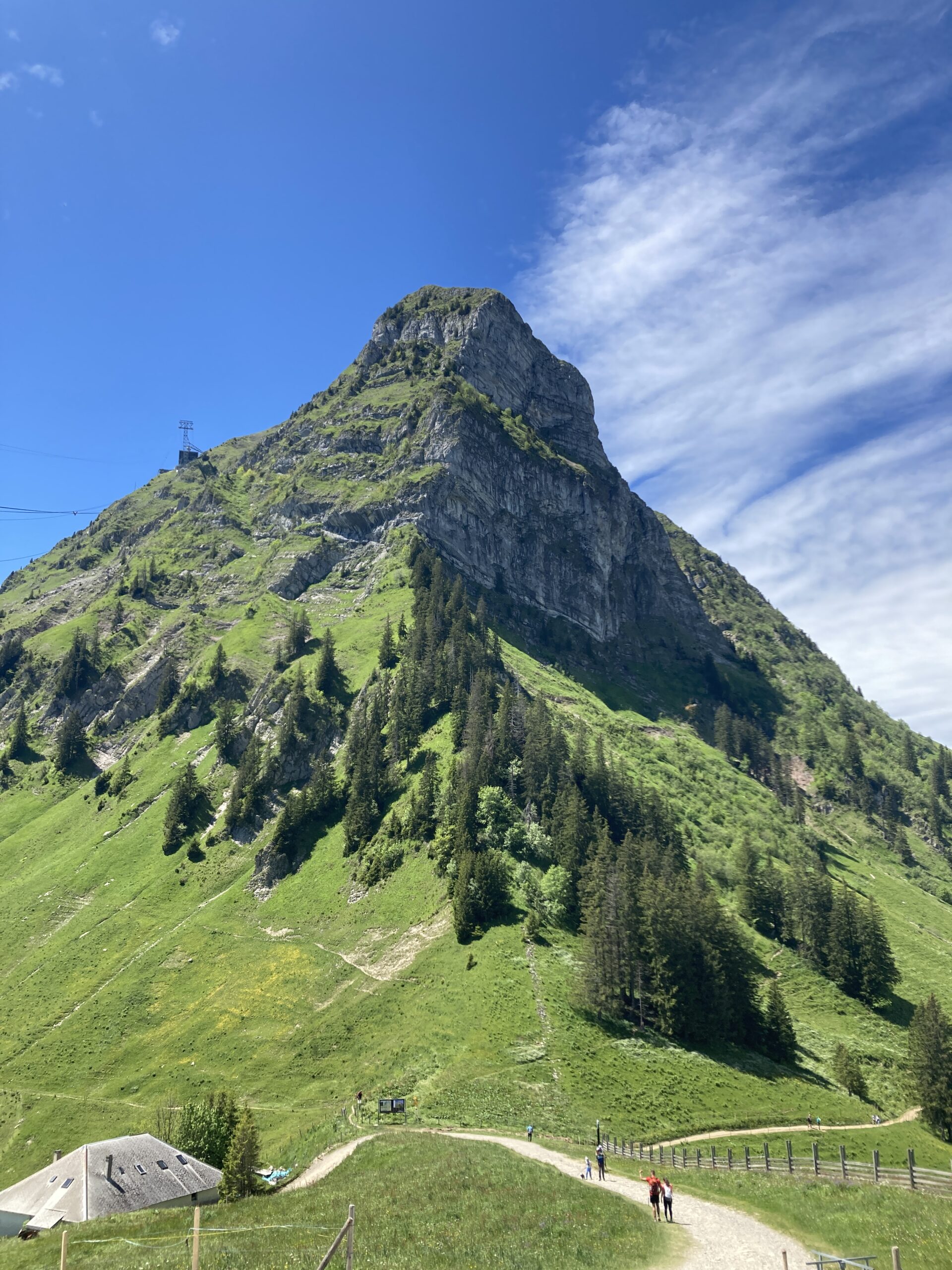
Playing with MyAI by Swisscom
Reading Time: < 1 minuteIf we use Claude, Gemini, ChatGPT or a few other AI models we are using AI that has data centres in the US. If we use Le Chat by Mistral or MyAI (Beta) by Swisscom we are using AI that is based in Europe, or Switzerland. The data stays here. The…
-
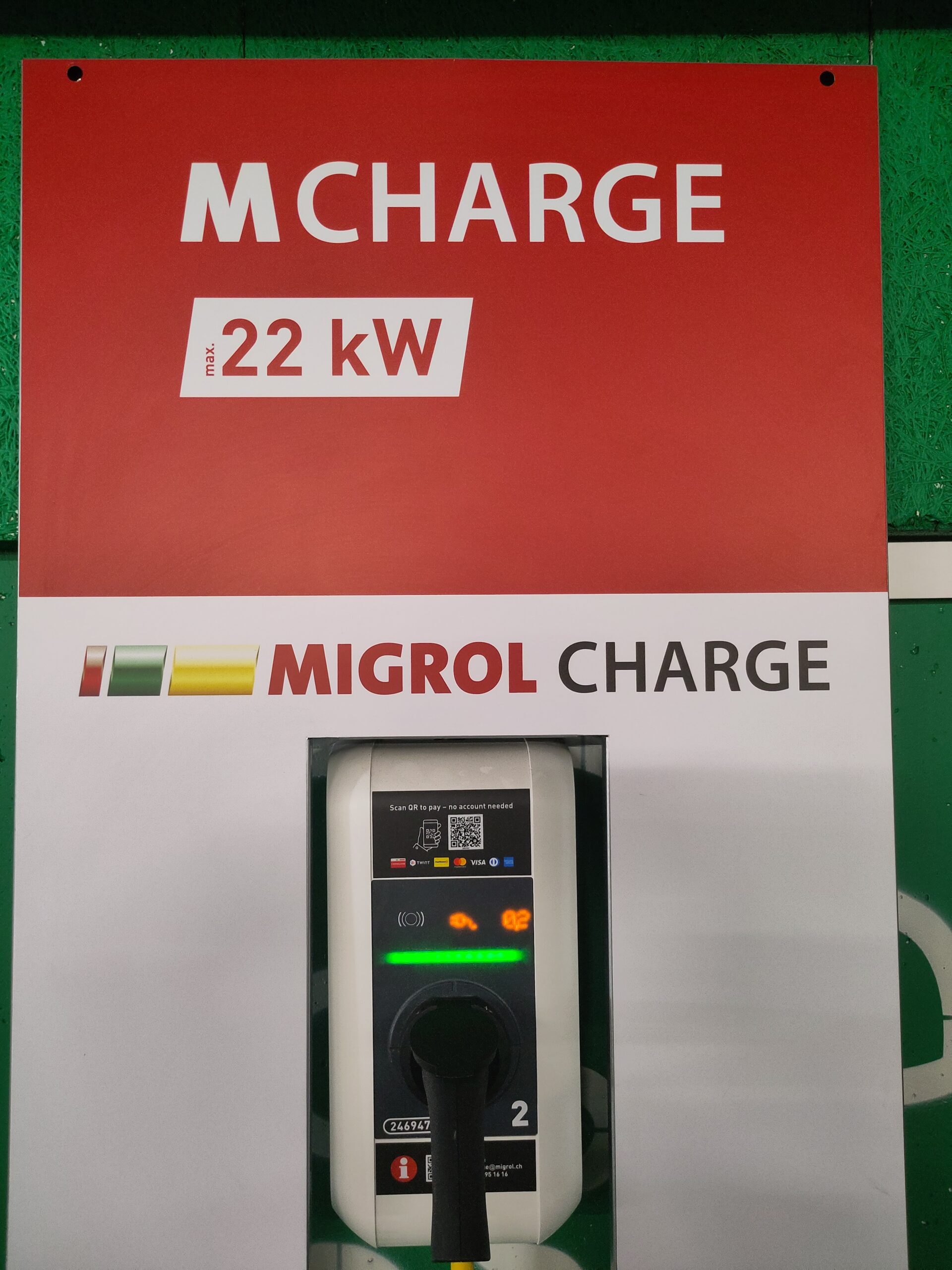
Charging and Shopping
Reading Time: 2 minutesI know of two chargers that I can use when shopping. One of these costs 2 CHF just to connect, and then the cost of the charge. At the second shopping centre I can plug in for five minutes, or two and a half hours and I will only pay for the…
-
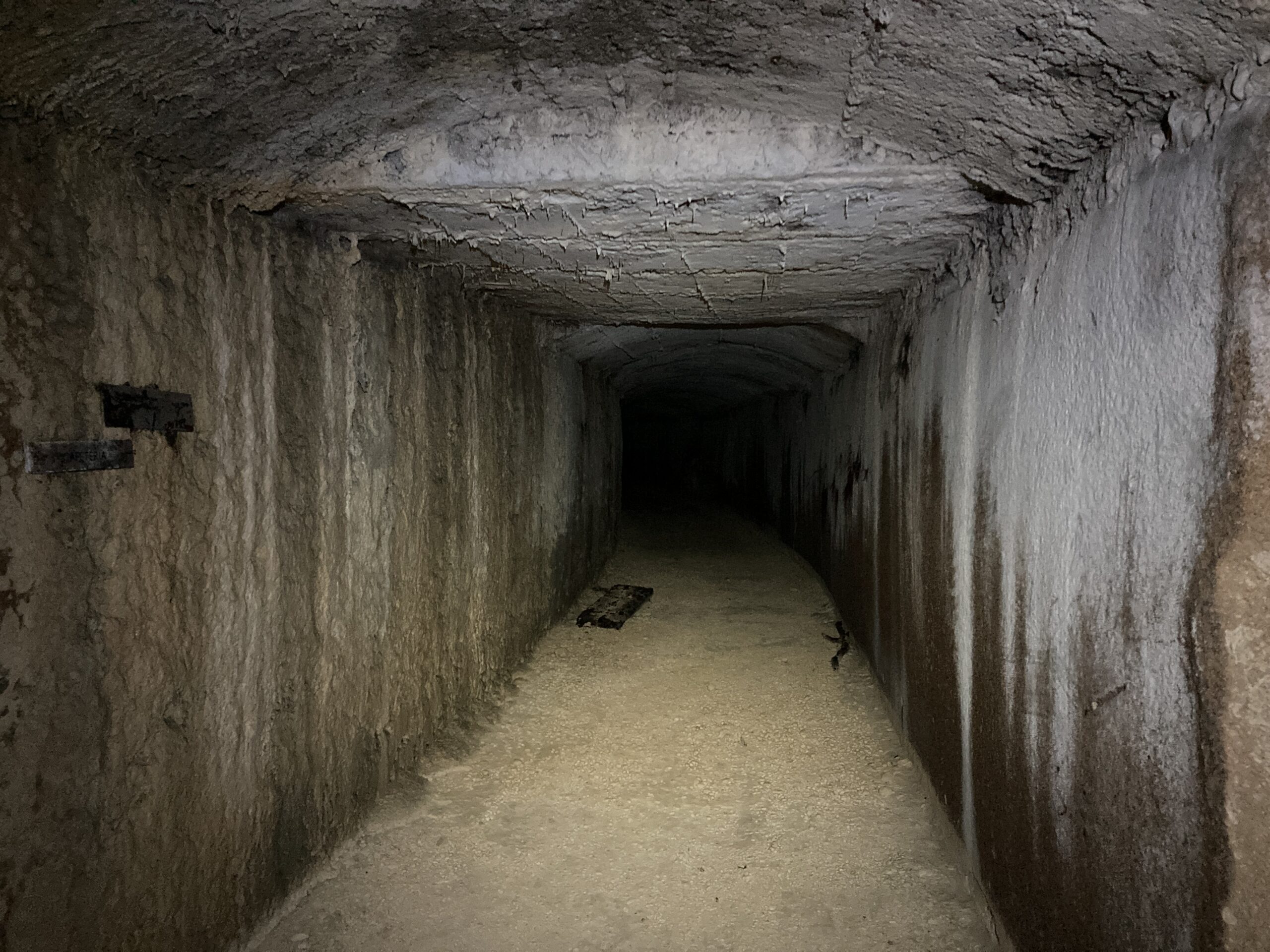
The Selfish Habit of Yelling on Phones
Reading Time: 2 minutesWhen some people are away it feels pleasurable. The reason for which it feels pleasant is that they are loud. They will use the phone and have a full conversation when a three sentence e-mail will be enough. They will posture and show off rather than consider that not everyone in the…
-
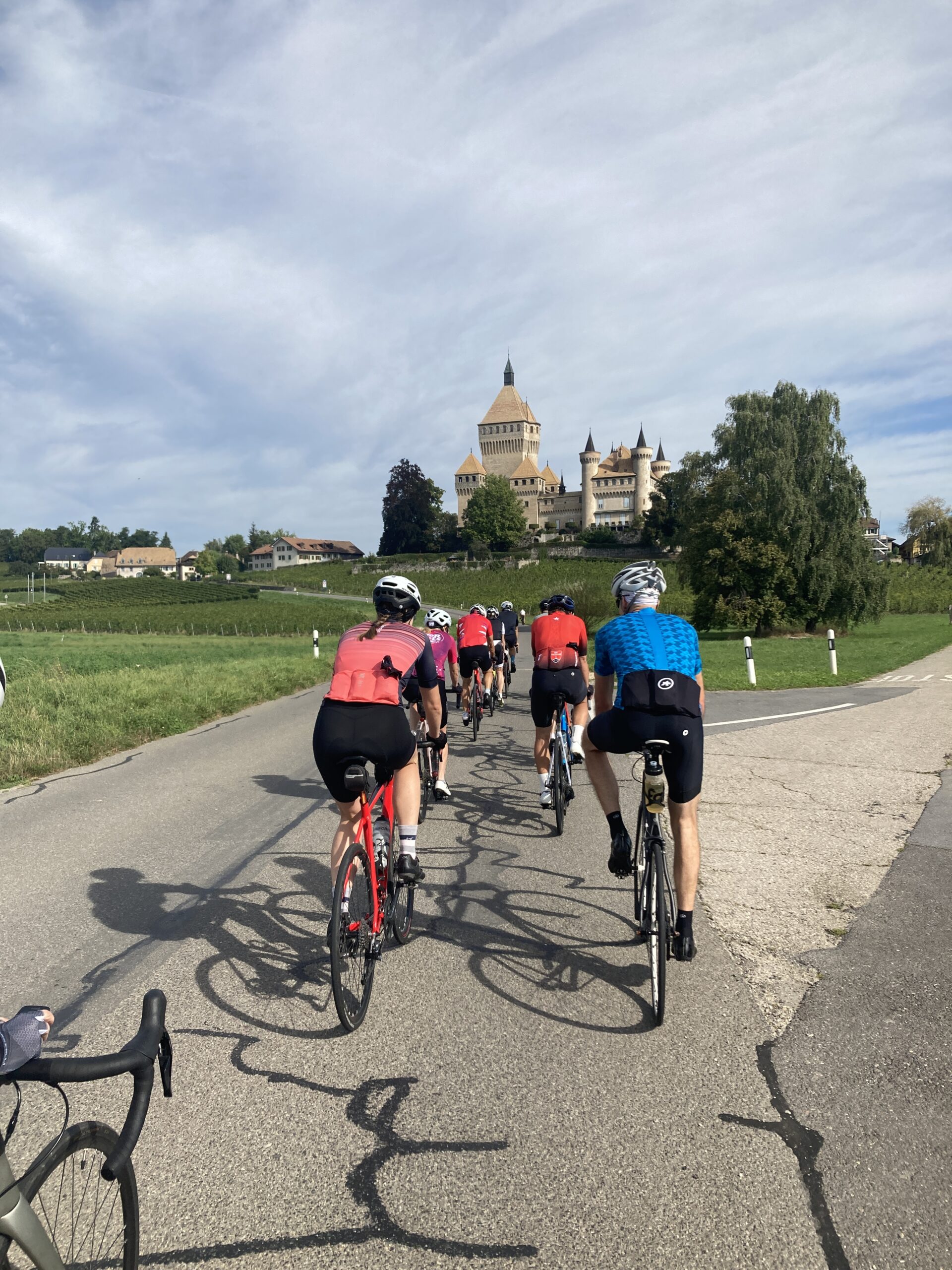
Reading While Charging
Reading Time: 2 minutesToday I went to charge the car. I took this opportunity to read. Some people may think "I’m going for a walk" or "I’m going shopping" or something else. When you charge a car you have an hour or two without distractions in which to spend time reading a book. You could…
-

EV Car Sharing
Reading Time: 2 minutesYesterday I drove an EV from Nyon to Boudry and back. The journey took about 40 percent charge for each direction for a total of 80 percent charge. Keep in mind that this is a fiat 500 with a small battery rather than a large one. I routed the journey from Nyon…
-
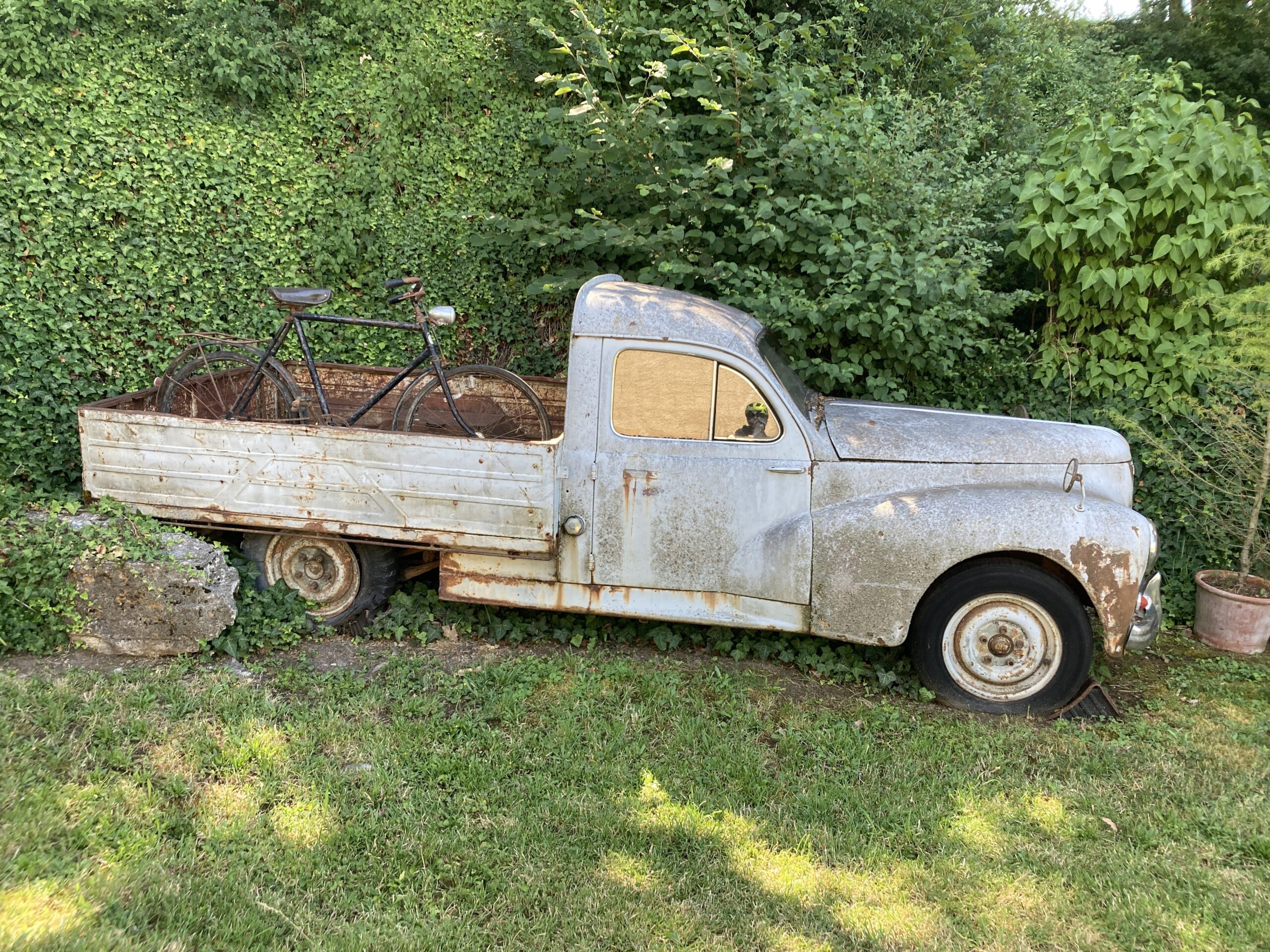
Another Electric Car Range Experiment
Reading Time: 2 minutesTomorrow I have the opportunity to do another range test with the Fiat 500. I know that if I drive at 120 kilometres per hour the range is about 100 km but if I slow down to 100 kilometres per hour then the range is theoretically doubled. The drive I want to…
-
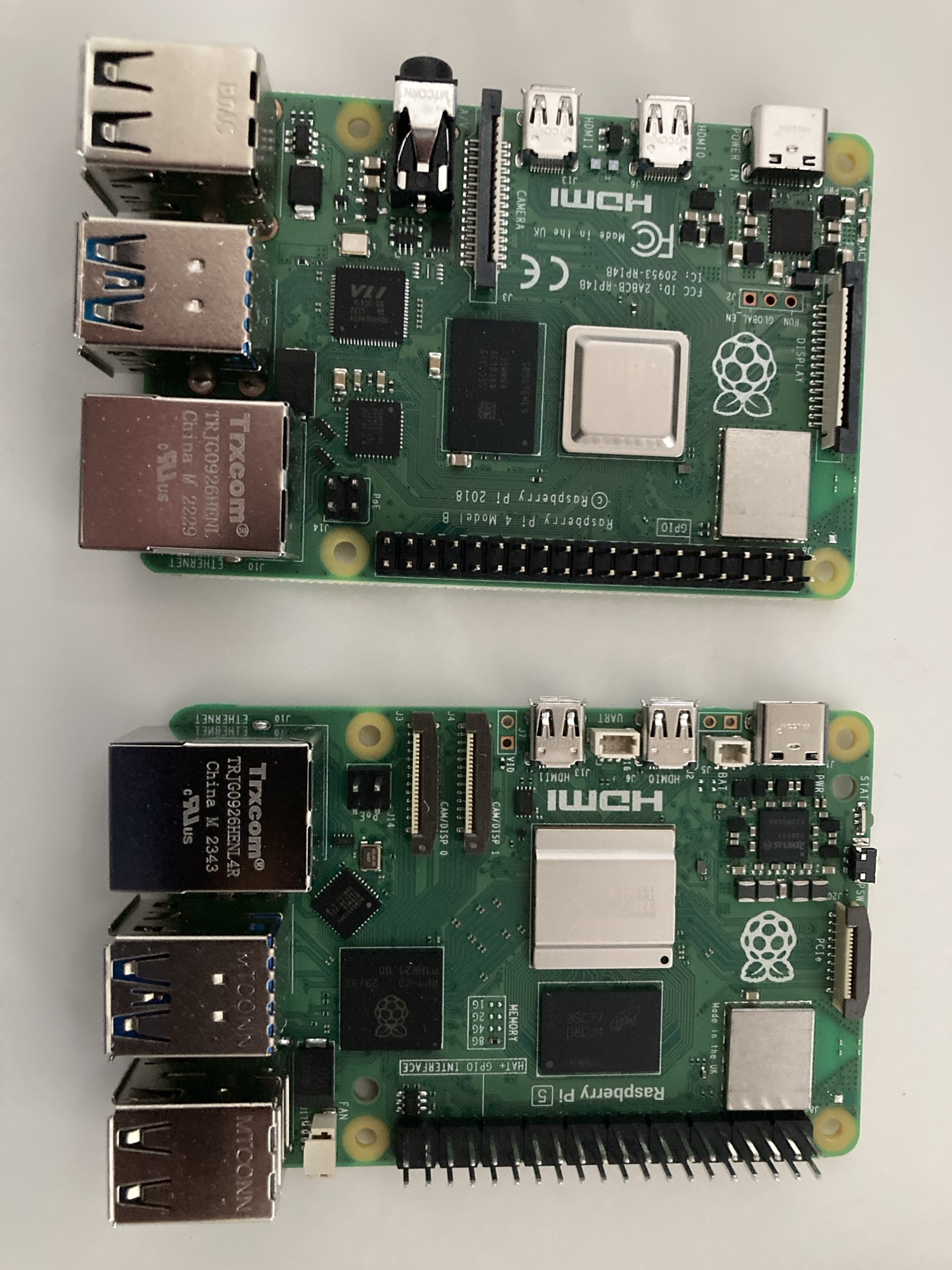
Getting AI to Write an App
Reading Time: 3 minutesYesterday I went to a talk where Claude and Cursor were used to write a Flutter app for Android. The idea is quite simple. "Claude help me write a to-do app and a shopping list app" before following the instructions produced by AI to write the app. When I watched this I…
-
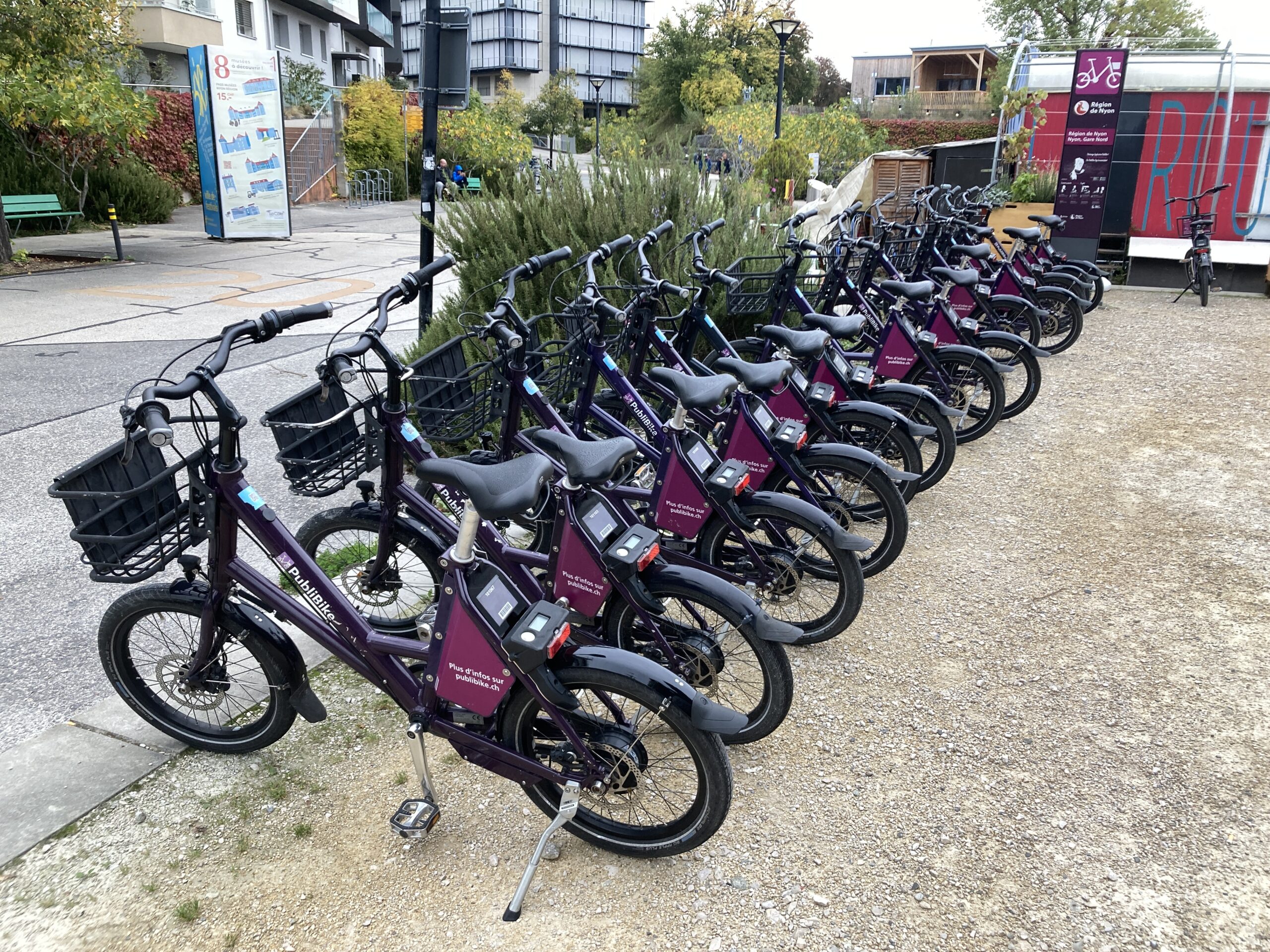
Switzerland and Trust
Reading Time: 2 minutesA few days ago I was waiting for friends to catch a train to go on a hike and I forgot to start easyride before the start of the train journey. As soon as I realised I started the app but when I arrived one stop away it was ignored. If the…
-
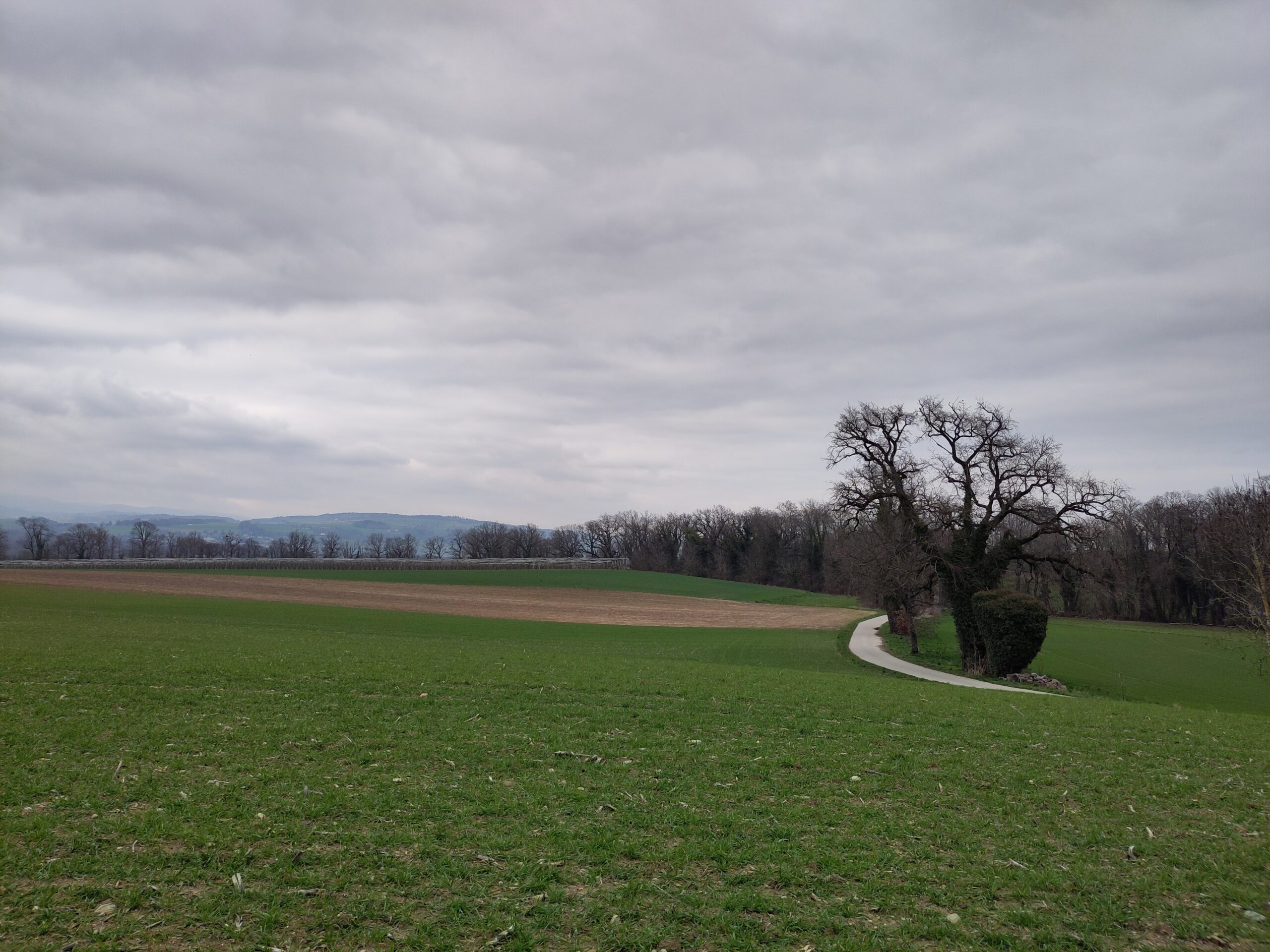
A Walk around Duiller
Reading Time: 2 minutesDuiller is a small village of one thousand one hundred or so people. It is a town that you may cycle or drive through, without ever stopping. That is, unless you know about the lending library. Near the church there is a parking, and by that parking there is a shelter where…
-
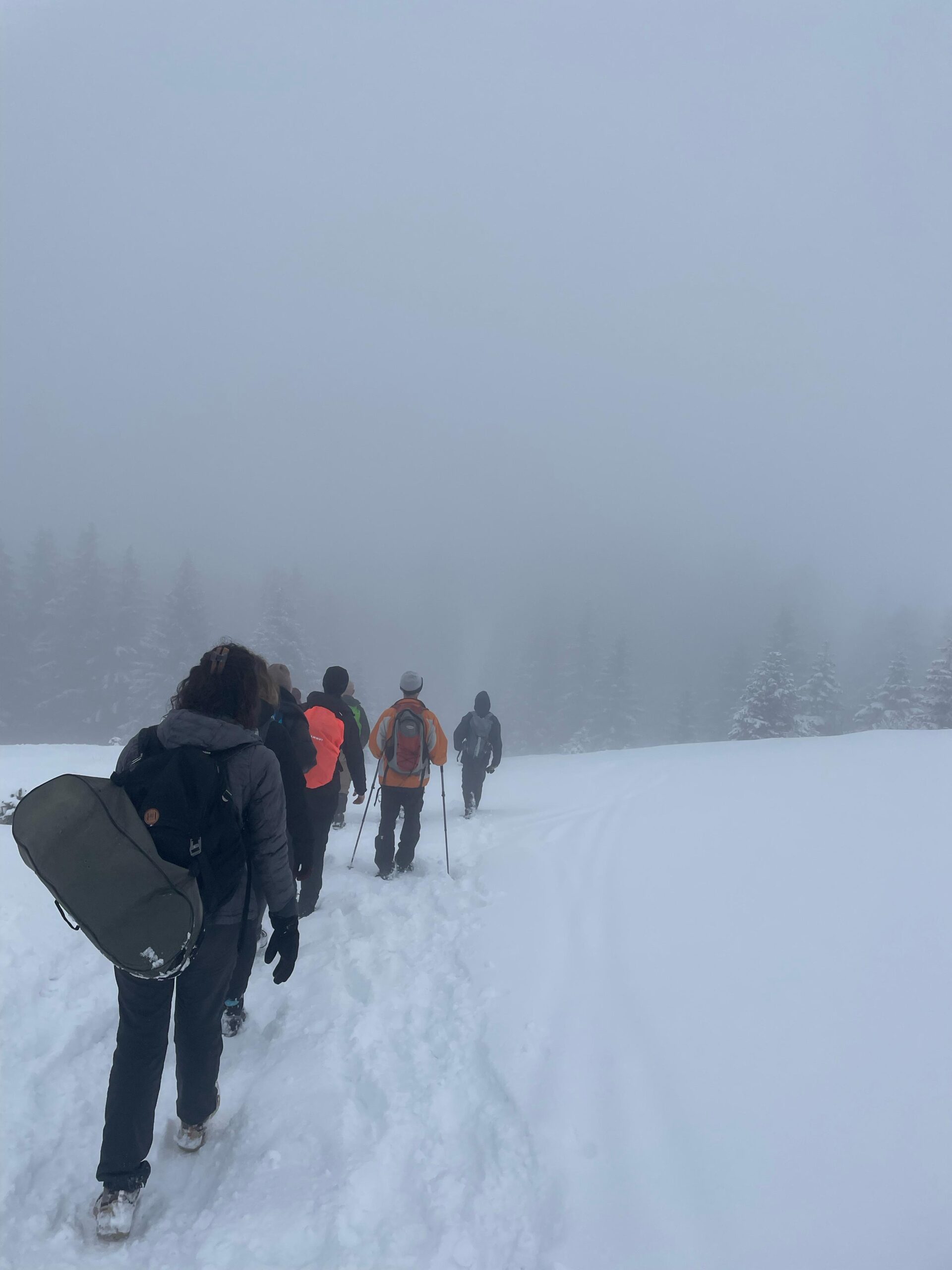
A walk from Le Brassus to Mont Tendre via Marchairuz
Reading Time: 3 minutesYesterday I expected the walk to be physical. I expected it to be around 21 kilometres. I also saw that it was meant to snow overnight. It got me to question whether it made sense to do the hike. I went anyway. In the end I walked 35 thousand steps according to…